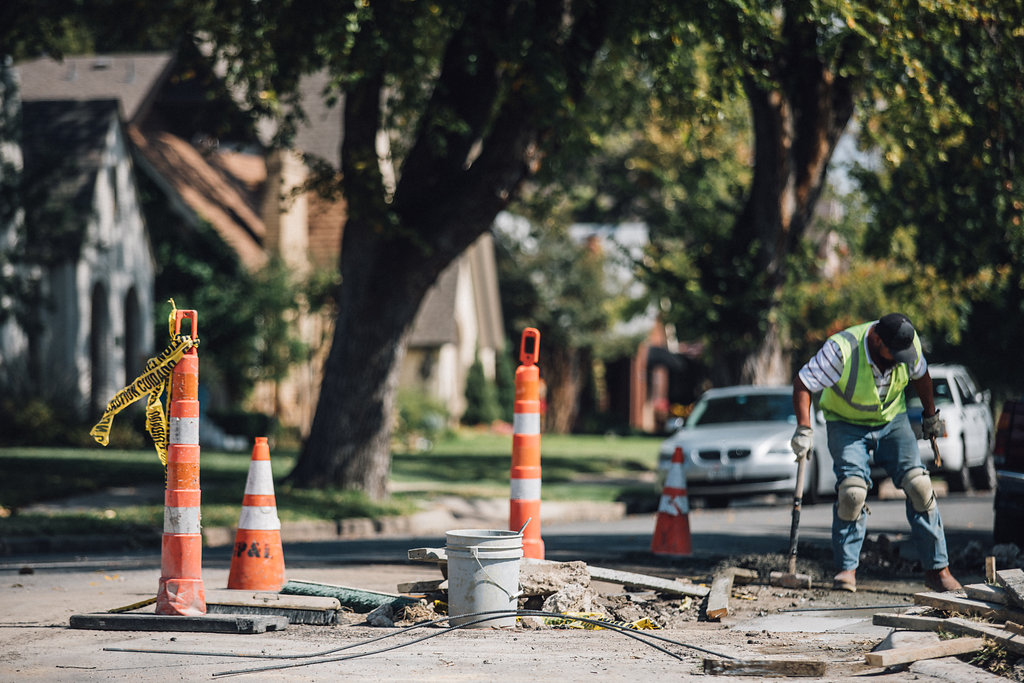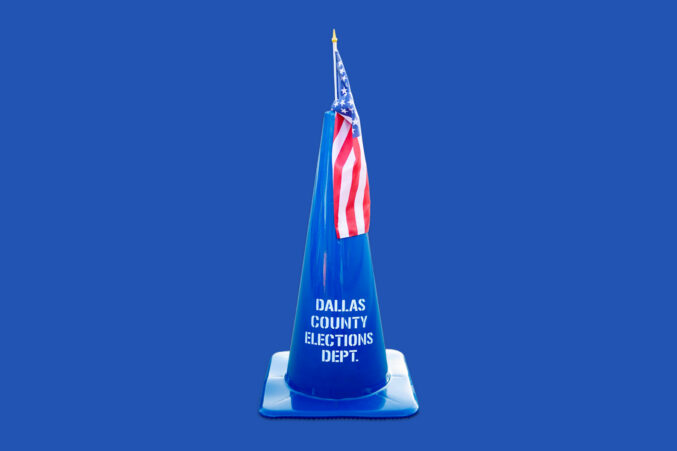Voters are being asked to give Dallas permission to borrow $1.25 billion to address everything from the city’s aging streets to improving drainage, adding new parks, and funding a new police training center. Should the bond’s 10 propositions pass, roughly 800 items will be started in tranches over the next five years. City staff triages projects based on various factors, including urgency and equity.
While the total amount of money for each proposition is set, the project list could change. The city’s Bond and Construction Management Department said last month that the Council could also modify the scope of specific projects or adjust the money allocated for those projects.
That’s what happened in some cases with the 2017 bond. Voters approved borrowing $1.05 billion across 10 propositions that included many of the same buckets as this year’s bond election. City staff says that about 96 percent of the 1,400 projects on the 2017 list are either complete or have been put out to bid. Some of the remaining projects were slated to begin bidding and construction in 2023, the final tranche of the last bond.
Some projects were canceled (such as plans for 35 rental units in the Bonton neighborhood), and the city will reallocate that money for similar projects that fall under the same scope. Other projects were slower to complete because of pandemic-era supply chain disruptions and labor shortages. With the May departure of City Manager T.C. Broadnax, a new chief executive at City Hall will be charged with overseeing the program’s implementation.
If any proposition fails to pass, the city won’t be able to legally issue a certificate of obligation to fund projects in its category for the next three years. That could create choppy waters if, for instance, a storm destroyed a library after voters shot down Proposition D, which will pay for two new libraries and improvements on nine others. The city would likely have to pay for such an emergency through the general fund.
Early voting began April 22 and runs through April 30. Election Day is May 4. Head here to find your polling place. Below, we walk through each proposition to explain what you’re actually voting for.
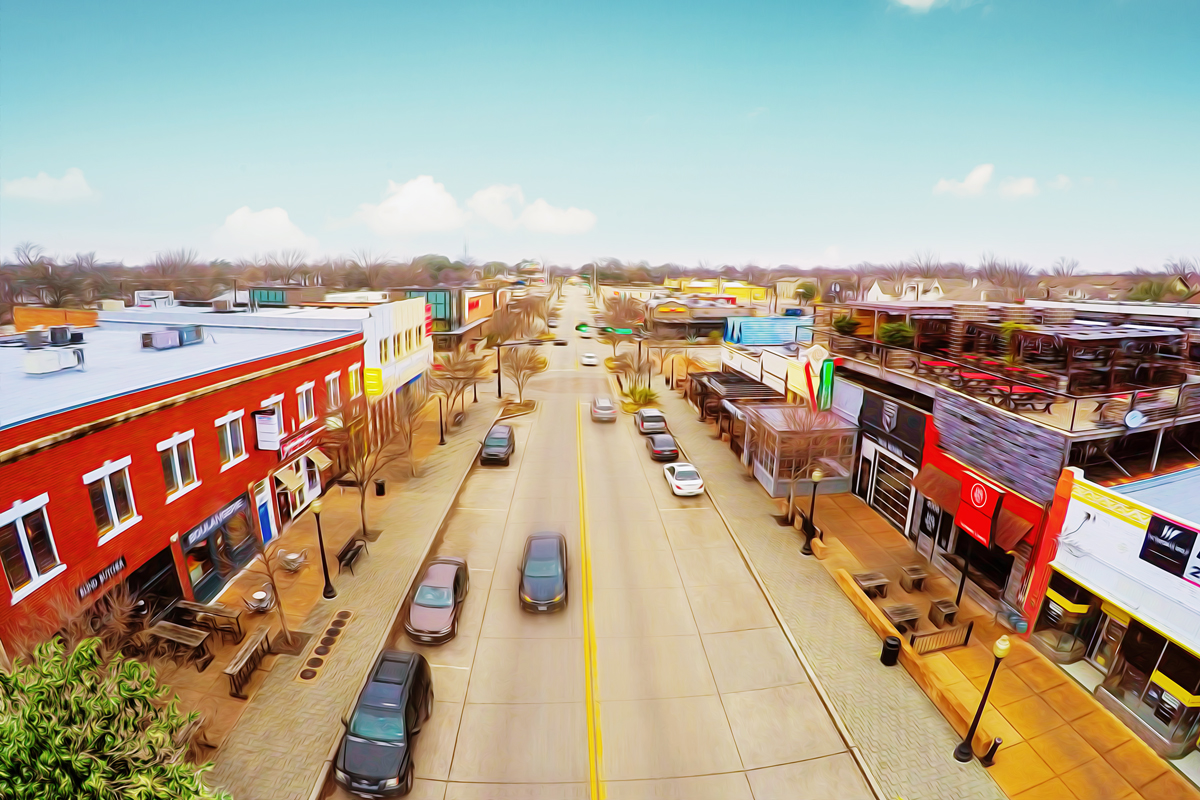
Streets and Transportation
Proposition A: The issuance of $521,200,000 for street and transportation improvements and the levying of a tax sufficient to pay principal and interest thereon; the estimated amount of repayment, including principal and interest based on current market conditions being $726,415,188.
The largest chunk of the bond is for streets and transportation, $521.2 million over 437 projects that include basic maintenance like resurfacing streets and reconstructing alleys to more proactive projects that add pedestrian infrastructure to existing thoroughfares. The city decides how to spend this money based on a point system, which mostly factors in the pavement condition, traffic counts, how long the street has been in the city’s needs inventory, and Dallas’ equity overlay. The majority of this proposition pays to maintain what we have.
The city estimates that transportation infrastructure accounts for about $10 billion of the city’s $17 billion worth of deferred maintenance. Dallas will need to spend $125 million each year just to keep its streets in the average condition they are now.
Resurfacing—essentially only replacing the top layer of asphalt—accounts for about one-fifth of the proposition, at $111 million. About $68 million will pay for reconstructing streets, which involves completely reconstructing the pavement, curbs, and any affected utilities. Another $39 million is set aside to tear up “unimproved” asphalt streets and replace them with concrete, curbs, gutters, and utilities. (District 8, in portions of southern Dallas that have long lacked basic infrastructure, was the largest beneficiary of this bucket.)
The streets proposition includes $17 million to reconstruct alleys that are in bad shape, $6 million to pave dirt alleys, $11 million to keep chipping away at the $2 billion in needs dictated by the city’s sidewalk master plan, and $37.5 million for bridge reconstruction.
It sets aside about $38 million to replace and upgrade traffic signals and $162 million for “Complete Streets” projects. Vision Zero, infrastructure improvements meant to decrease traffic injuries and deaths, has been allocated $12.4 million.
We just threw a lot of numbers at you. What’s the takeaway? Despite having billions of dollars worth of aging infrastructure, the city made a sizable investment in improving pedestrian safety and proactive, development-friendly “Complete Street” ideas. But the biggest allocations are to keep our roads from getting worse.
That being said, there are some cool things packaged inside. Here are the big-ticket items in the proposition:
- $24.725 million for the replacement of the Irving Boulevard bridge over the Elm Fork of the Trinity River
- $22.1 million for a “Complete Street” redo of Peak Street from Lemmon Avenue to Parry Street, including a protected two-way cycle track
- $15 million for a “Complete Street” redo of Davis Street from Clinton to Hampton, which includes the removal of two lanes and six-foot unobstructed sidewalks
- $14.9 million for a “Complete Street” project on Harwood Street from Woodall Rodgers to Main Street, including a two-way cycle track and new sidewalks
- $12.75 million for the rehabilitation of the Malcolm X bridge over the DART line
- $10 million for a “Complete Street” project on Denton Drive, which includes raised bike lanes from Walnut Hills to Community and new connections between DART stations, Bachman Lake, and surrounding neighborhoods
- $9.15 million for transit-oriented development infrastructure on Elsie Faye Heggins Street near the Hatcher Station DART park and ride in South Dallas
- $6.9 million for extending 3rd and 4th streets to the planned reconstruction of Interstate 30, as well as realigning the intersections around Exposition Park. The city anticipates matching state funding to complete the project
- $6.5 million for a “Complete Street” redo of Lovers Lane, stretching from Lemmon Avenue to Lomo Alto Drive
- $6 million for the “Complete Street” overhaul of Martin Luther King Jr., stretching from Cedar Crest to Robert B. Cullum. The city anticipates a $6 million federal match to finish the project
- $3 million for a Jefferson Boulevard “Complete Street” overhaul between Hampton Road and Polk Street, which includes removing two lanes of traffic and installing protected bike lanes, new traffic signals, wider sidewalks, and new crossings
- $1.2 million for a “Complete Street” redo of Edgefield in Downtown Elmwood, in Oak Cliff
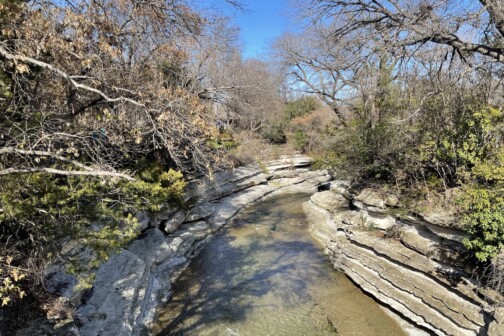
Parks and Recreation
Proposition B: The issuance of $345,270,000 for parks and recreation facilities and improvements and the levying of a tax sufficient to pay principal and interest thereon; the estimated amount of repayment, including principal and interest based on current market conditions being $481,211,813.
The second-highest allotment in the bond package is for parks, at $345 million. The city is leveraging its spend to generate more than $400 million in matching private dollars. So while the Dallas Zoo gets $30 million in the bond for a new safari trail habitat, fundraisers have promised to bring another $70 million to the table. Arun Agarwal, the Park Board president, says with the matching funds and additional state and federal grant dollars, the proposition is estimated to represent $1 billion in funding for the city’s parks system.
Parks is an easy sell in Dallas. Expanding the system sometimes seems to be Mayor Eric Johnson’s sole concern, and its boosters successfully protected its money from new organizing around housing funds. White Rock Lake is finally getting money to be dredged: $20 million in the bond and $60 million from the U.S. Army Corps of Engineers. Dallas ISD and the Texas Trees Foundation’s “Cool Schools” program, which reorients school playgrounds for use by the community after hours, gets a $5 million infusion.
The Martin Luther King Jr. Community Center is getting a complete renovation of its campus. Improvements are coming to venues at Fair Park, and the planned Dallas Water Commons project in the Cedars gets a boost. Playgrounds are being replaced in every council district. Rec centers at Reverchon, Pike, White Rock Hills, Kiest, Martin Weiss, and Arlington parks are being improved or rebuilt.
South Oak Cliff parks boosters have long called for a new Glendale Park, and the bond allocates about $10 million for planning, design, and construction. The Trust for Public Land was also a big winner. Three of its initiatives received funding: Big Cedar Wilderness, the new park in southwest Dallas; the Five Mile Creek project in South Oak Cliff; and the transformation of city-owned land into new parks.
The city can now use $20 million to acquire land near the Galleria that it will turn into a proposed 20-acre anchor park for the forthcoming International District project.
The proposition is a healthy mix of maintenance and new projects spread across the city. Here are some of the largest allocations:
- $30 million for the zoo’s new Safari Trail habitat and security upgrades
- $20 million to dredge White Rock Lake
- $20 million for Dallas International District land acquisition
- $17.6 million for a new recreation center near White Rock Hills Park
- $17.6 million for a new recreation center, senior center, and splash pad at Exall Park
- $15 million to aid in the development of the Southern Gateway Park over Interstate 35 in Oak Cliff
- $15 million for remodeling of the second floor of the rec center at the new Forest-Audelia Park
- $9.5 million to reconstruct Martin Luther King Jr. Community Center
- $9 million to aid in construction and design of Glendale Park in South Oak Cliff
- $9 million for basketball courts, flex space, more parking, restrooms, pavilion, and an escarpment trail at Crawford Memorial Park in southeast Dallas
- $7 million for phase two of Roland G. Parrish Park
- $7 million for enhancements to the White Rock Creek Trail at the Lake Highlands Trail Connection
- $7 million for construction and design of the Five Mile Creek project, in Oak Cliff
- $5 million for a new youth sports complex at Rosemeade Park in northwest Dallas
- $5 million for an overhaul of the Santos Rodriguez Community Center
- $5 million for improvements at these Fair Park venues: the African American Museum, the Music Hall, Texas Discovery Gardens, and the Children’s Aquarium
- $4.5 million for expansion of Klyde Warren Park

Storm Drainage and Flood Control
Proposition C: The issuance of $52,100,000 for flood protection and storm drainage improvements and the levying of a tax sufficient to pay principal and interest thereon; the estimated amount of repayment, including principal and interest based on current market conditions being $72,606,125.
The bond landed at an appropriate time for this proposition. As much as 4 inches of rain fell on parts of Dallas this Saturday, causing flash flooding all over the city. Proposition C includes $52 million for flood protection and storm drainage projects. There are 100-year flood control projects in southwest Dallas near Mountain Creek, in District 9, and in East Dallas near Little Forest Hills.
But just about half of the total spend is on two major storm drainage projects. A total of about $20 million will go toward completing the Mill Creek and Peaks Branch drainage relief tunnel extending from Uptown through East Dallas and Fair Park on its way to White Rock Creek. The project is expected to bring significant drainage help to Old East Dallas and the area near Baylor University Medical Center, which has had numerous deluges of over 8 inches of rain since the city began studying ways to improve drainage here in the early 2000s.
Libraries and Arts/Cultural Facilities
Proposition D: The issuance of $43,530,000 for library facilities and improvements and the levying of a tax sufficient to pay principal and interest thereon; the estimated amount of repayment, including principal and interest based on current market conditions being $60,664,313.
If infrastructure is the city’s body, Dallas’ libraries and cultural arts facilities are its heart and mind. A total of $118.7 million of the $1.25 billion bond are spread across two separate propositions to address those needs.
Proposition D allocates $43.5 million for libraries. Around $32 million will build two 18,000-square-foot libraries to replace two aging branches: North Oak Cliff near Bishop Arts and Park Forest in North Dallas. The rest would go to renovating and improving several other libraries.
(For those looking at the city’s spreadsheet: In previous versions of the 2024 bond list, Park Forest was also listed as a renovation project, but city staff says that project was zeroed out after the replacement bubbled up to the top of the list.)
Among the projects slated for bond money are:
- $9 million to renovate the 12,000 square foot Preston Royal Library Branch. Staff says the renovation should extend the life of the library by 40 years.
- $2.09 million to bring eight libraries—Mountain Creek, Martin Luther King Jr., Skyline, Kleberg-Rylie, Skillman Southwestern, Renner Frankford, Lakewood, and Oak Lawn—into compliance with the Americans With Disabilities Act
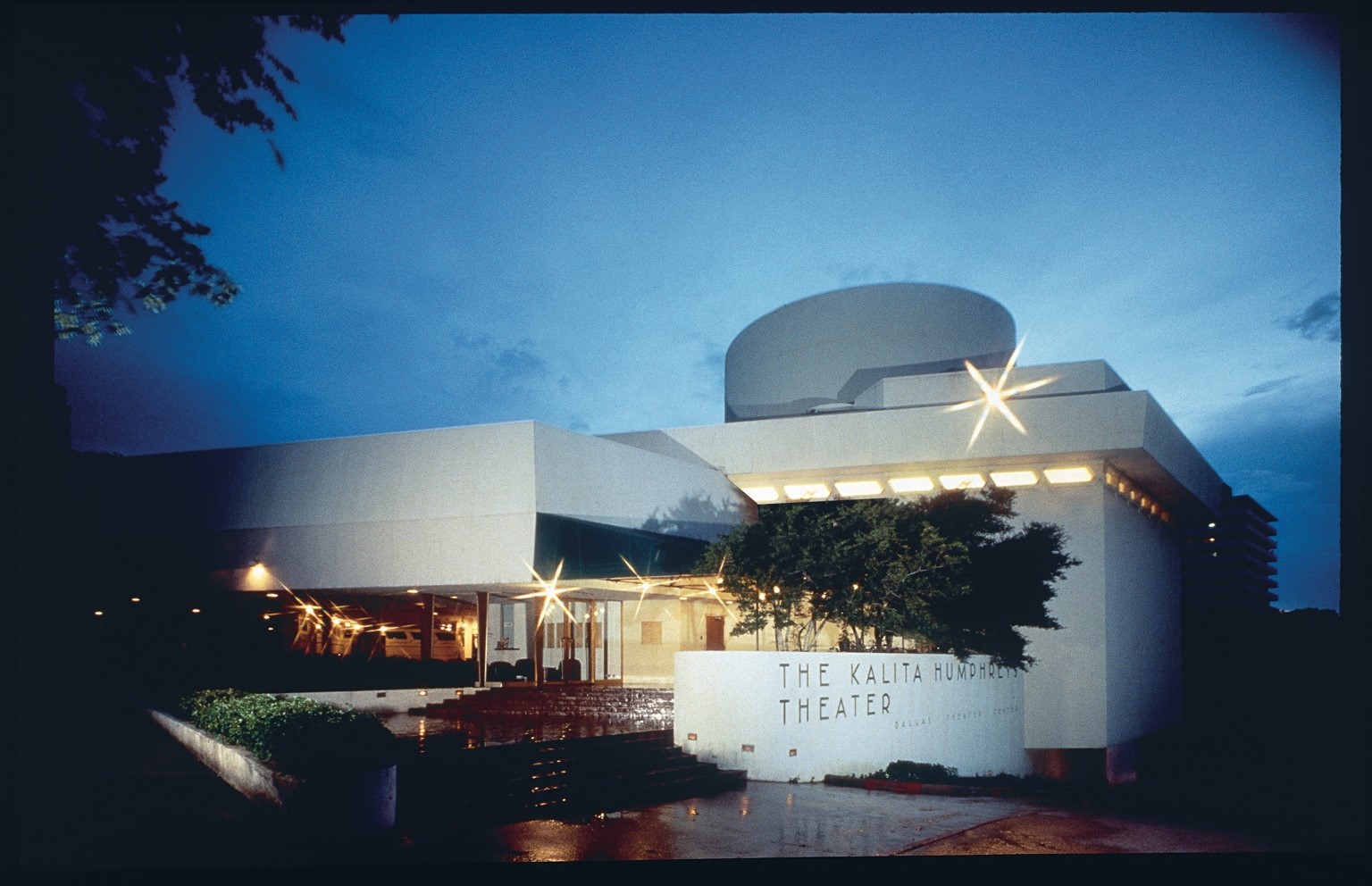
Proposition E: The issuance of $75,200,000 for cultural and performing arts facilities and improvements and the levying of a tax sufficient to pay principal and interest thereon; the estimated amount of repayment, including principal and interest based on current market conditions being $104,801,750.
Proposition E includes $75.2 million for aging cultural facilities. The Dallas Museum of Art will receive $20 million to improve temperature and humidity controls as well as fire suppression systems. The proposition could also go to purchasing land for cultural arts facilities, but nearly all of the city’s cultural buildings are slated for some kind of improvement, with the lower end of allocations starting at $450,000 for the Oak Cliff Cultural Center.
Other big-ticket items include:
- $8.9 million for the Kalita Humphreys Theatre, for repairing or replacing the HVAC system, replacing fire alarms, public safety and security upgrades, ADA accessibility, and backstage area enhancements
- $8.3 million for the Majestic Theatre, for exterior repairs, window replacement, seating replacements, elevator upgrades, ADA accessibility enhancements, and to restore the historic facade
- $7.3 million for the Meyerson Symphony Center, for roof and water infiltration repairs and to replace acoustical panels
- $6.6 million for the Winspear Opera House, for repairing the canopy, replacing flooring, improving HVAC, security and public safety enhancements, elevator repairs, fire suppression and alarm systems, and updating the building’s black box theater space
Public Safety and Information Technology
Proposition F: The issuance of $90,000,000 for public safety facilities and improvements and the levying of a tax sufficient to pay principal and interest thereon; the estimated amount of repayment, including principal and interest based on current market conditions being $125,429,625.
Proposition F allocates $90 million to public safety, with over half—$50 million—going to a new police academy at UNT Dallas. It would replace the current academy, which has been located in an industrial space in the Red Bird neighborhood since 1990. In February, the $150 million project received $10 million from the Communities Foundation of Texas, and state lawmakers allocated $20 million in the last legislative session. Should the proposition get voter approval, funding for the project would be over the halfway mark.
It would also include $27 million to replace the fire stations on Cedar Springs in Oak Lawn and Lombardy Lane in Northwest Dallas. The remaining $13 million would go toward renovating fire stations and repairing police substations.
Proposition J: The issuance of $5,000,000 for improvements to the information technology facilities and the levying of a tax sufficient to pay principal and interest thereon; the estimated amount of repayment, including principal and interest based on current market conditions being $6,960,875.
After a massive ransomware attack a year ago that cost the city millions to address, Proposition J would give $5 million to the city’s IT department. The bulk of that would upgrade a former IBM Data Center facility on Belleview Street, adjacent to the Dallas Police Department’s Jack Evans Headquarters. The proposition includes improvements to the uninterrupted power supply and the fire alarm system.
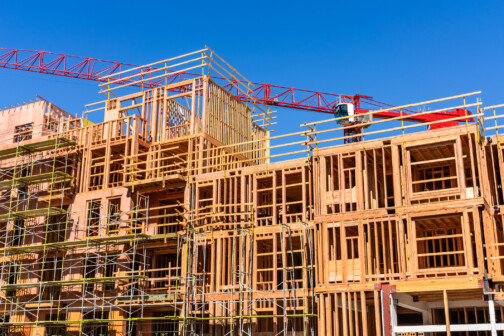
Housing and Economic Development
Two bond propositions—H and I—will address housing and homelessness initiatives. Another, Proposition G, will include money for economic development, with a portion set aside for housing-related funding. Housing advocates had pushed for far more than was allocated—$200 million—pointing to a 33,000 shortfall in affordable rental units and a dearth of homes available for sale for middle-income professionals like teachers, police officers, and nurses.
Proposition G: The issuance of $72,300,000 for funding the city’s economic development programs and the levying of a tax sufficient to pay principal and interest thereon; the estimated amount of repayment, including principal and interest based on current market conditions being $115,948,538.
More than half of $72.3 million in Proposition G would be used to help developers with so-called “gap” financing—helping them find the money to include cheaper units for lower-income Dallasites alongside the market-rate apartments. Projects would be eligible for gap funding if the builder or developer had already borrowed at their limit and needed city assistance. Because those projects are technically capital projects, bond money can be used to fund them. You won’t see specific locations for the projects. The city will need developers to apply before landing on projects that qualify.
The other $29.2 million would be used for other economic development, and there’s an additional $6.5 million divided between districts 1, 3, and 11.
Proposition H: The issuance of $26,400,000 for housing and neighborhood infrastructure and the levying of a tax sufficient to pay principal and interest thereon; the estimated amount of repayment, including principal and interest based on current market conditions being $42,334,113.
Proposition H will provide $26.4 million to create the infrastructure—water utilities, streets, and sewage—needed to build homes, with the idea that by making improvements, a developer would find it less expensive to build. The developer would then agree to sell or rent a portion of those homes at a more affordable price.
Proposition I: The issuance of $19,000,000 for permanent, supportive and short-term housing facilities for the homeless and the levying of a tax sufficient to pay principal and interest thereon; the estimated amount of repayment, including principal and interest based on current market conditions being $26,481,250.
Homelessness initiatives will get $19 million in Proposition I. That will include $6.7 million for gap financing for permanent supportive housing projects—developers who will build and work with nonprofits to provide wraparound services will be eligible to apply. Another $1.8 million will go to repair the generator and HVAC system at The Bridge downtown.
Six council districts will get discretionary funding for district-specific homelessness projects. District 7, which is represented by Council Member Adam Bazaldua and includes Fair Park and parts of South Dallas, will receive $4.5 million. District 9, which is represented by Council Member Paula Blackmon and includes East Dallas, will receive $2.5 million. District 1 in Oak Cliff (represented by Council Member Chad West), District 2 in downtown Dallas and Deep Ellum (represented by Council Member Jesse Moreno), and District 13 in North Dallas (represented by Council Member Gay Donnell Willis) will receive $1 million each. District 10 in northeast Dallas, including Lake Highlands and Hamilton Park, represented by Council Member Kathy Stewart, will receive $500,000.
Polls are open until 7 a.m. to 7 p.m. during the early voting period, through April 30. Election Day is on May 4. Find your polling place here.
Get the D Brief Newsletter
Authors

Bethany Erickson
View Profile


